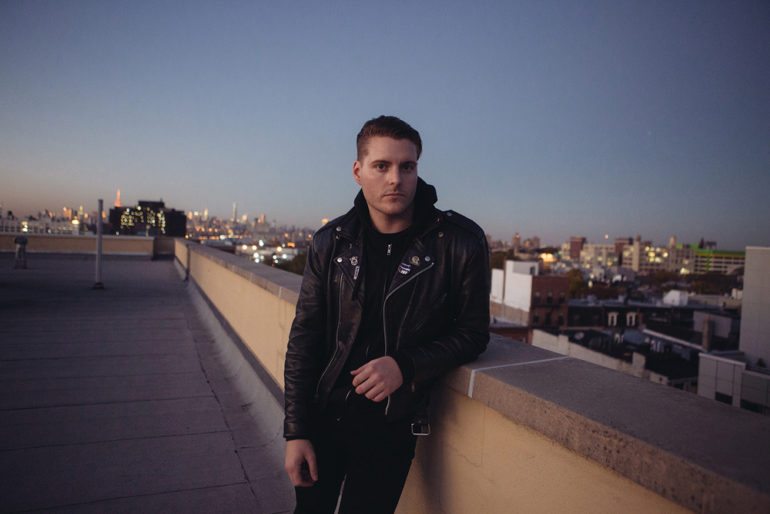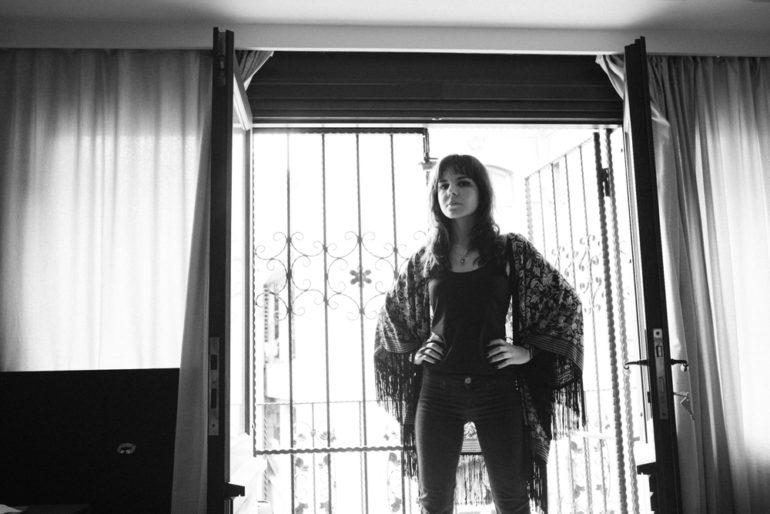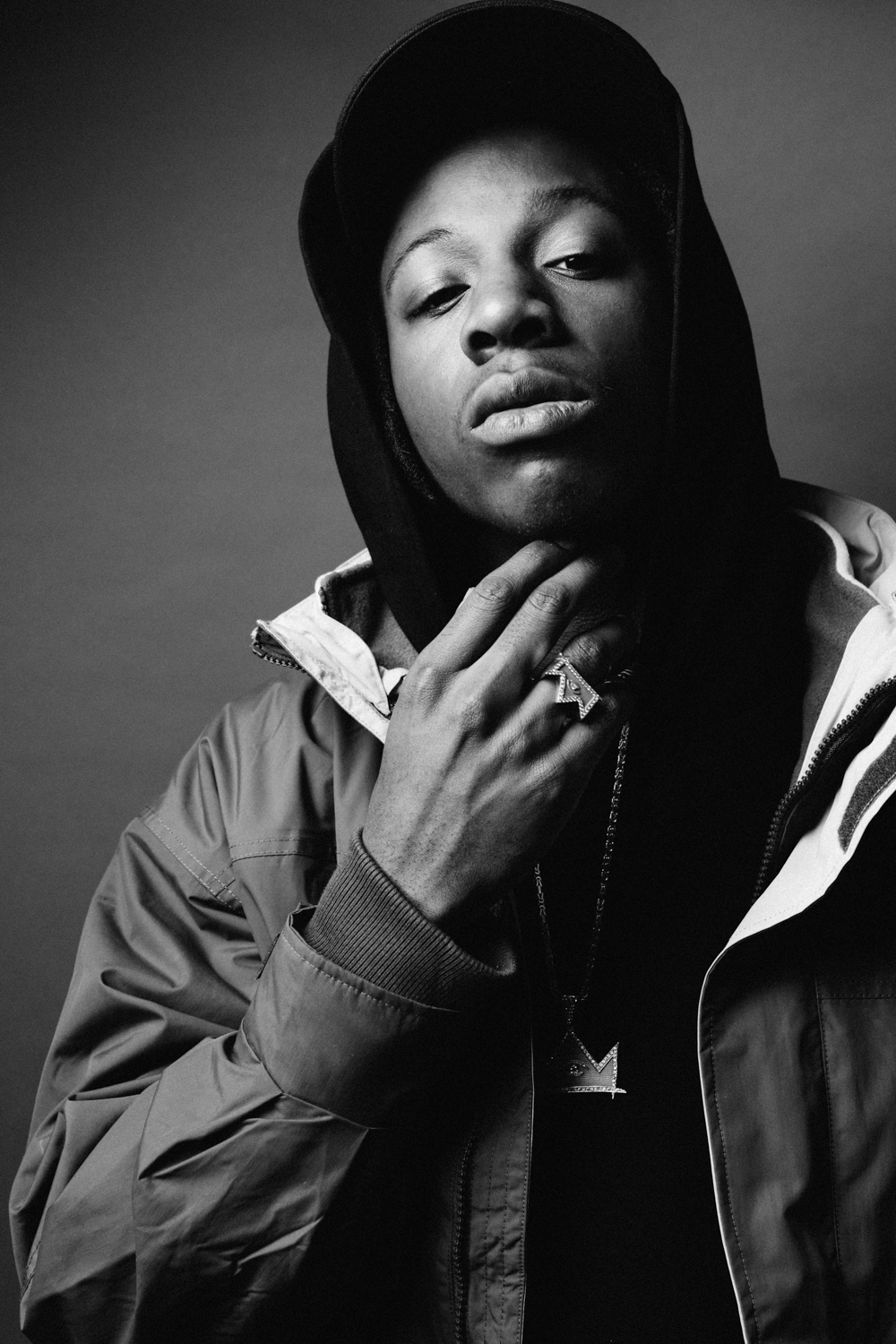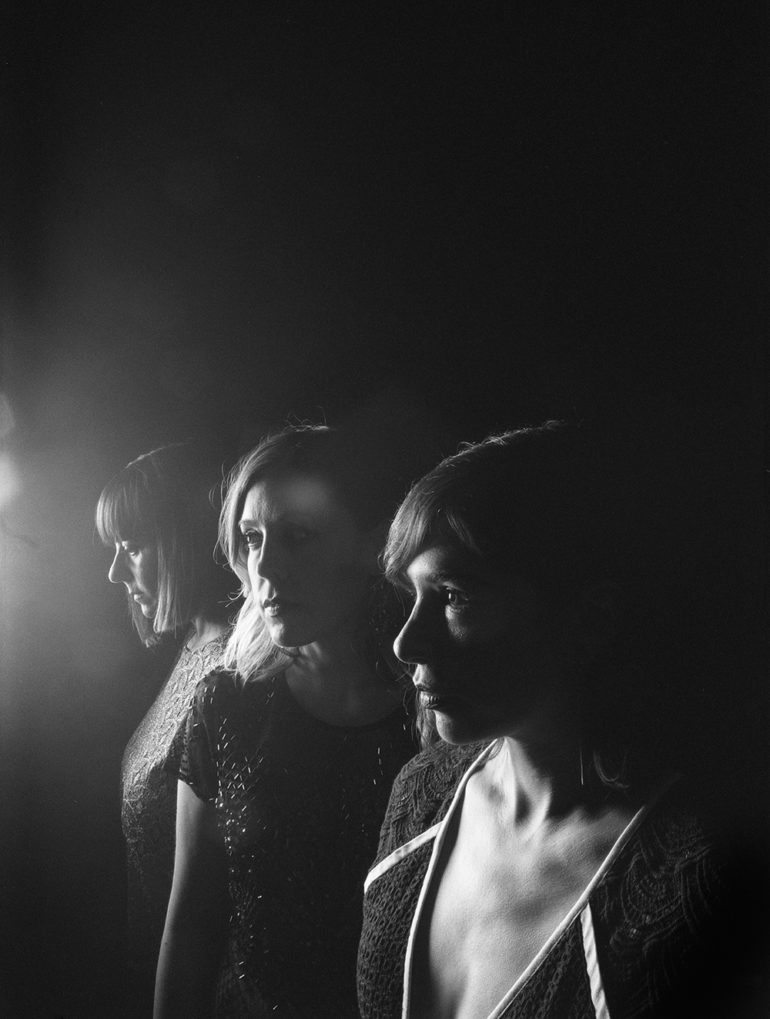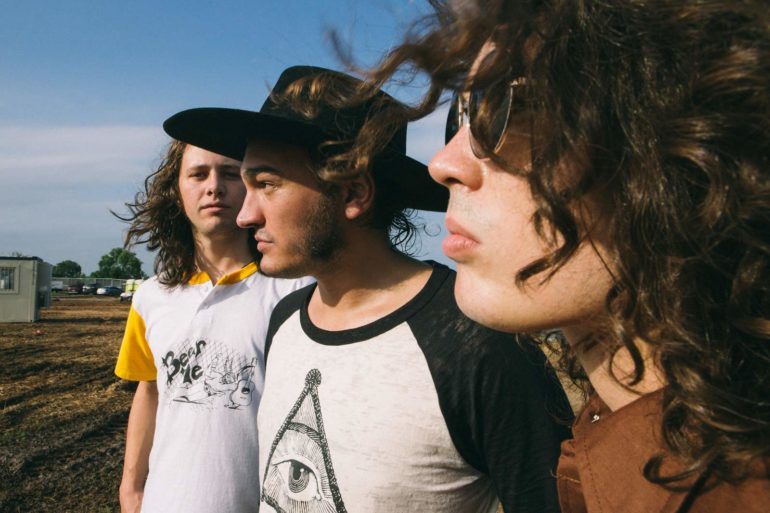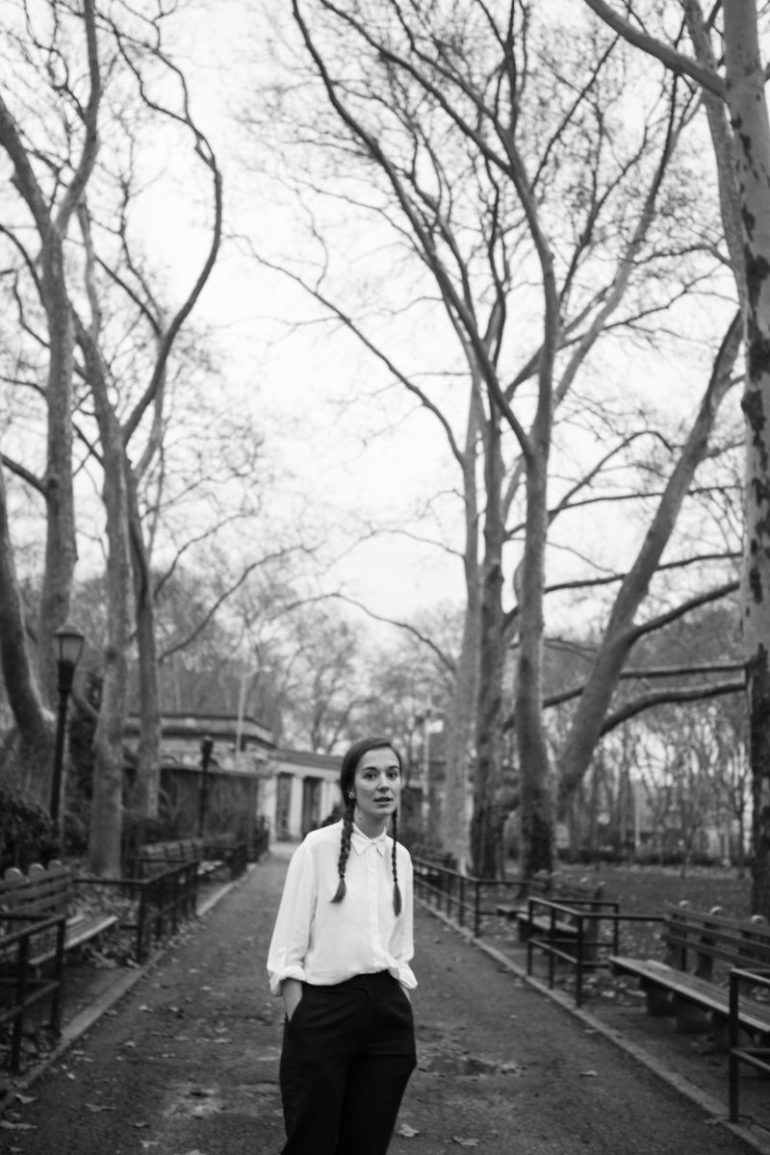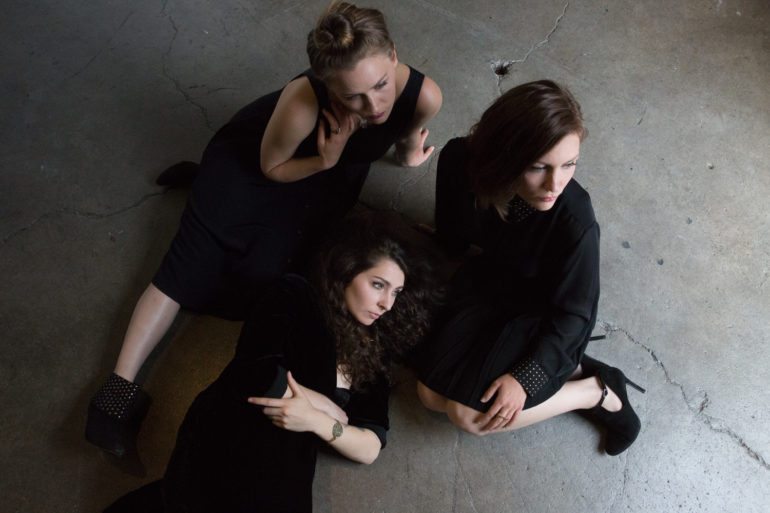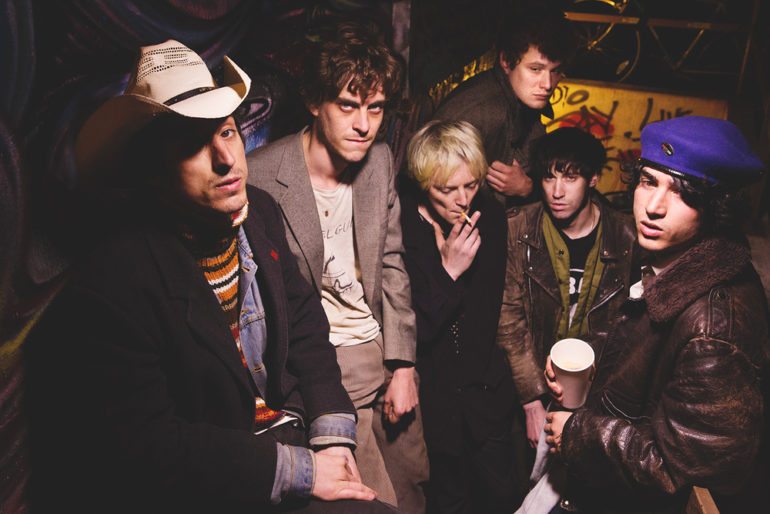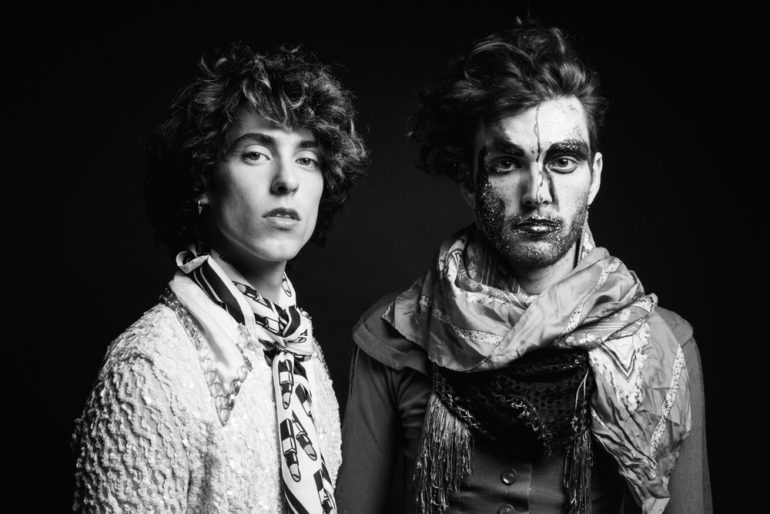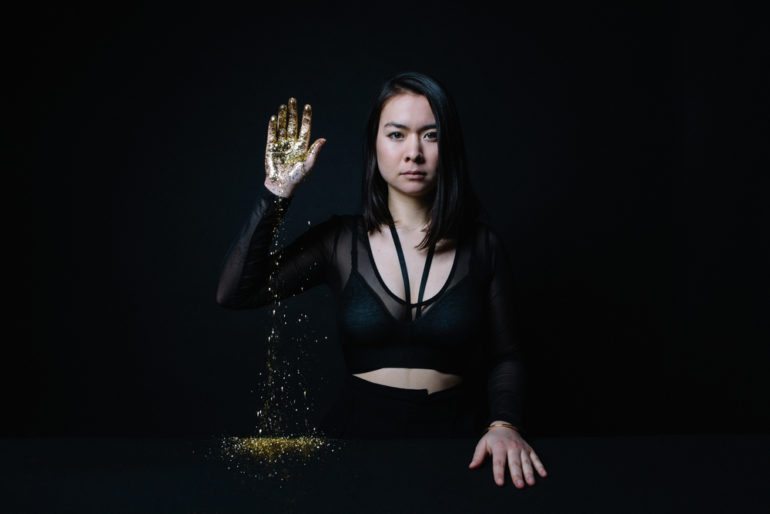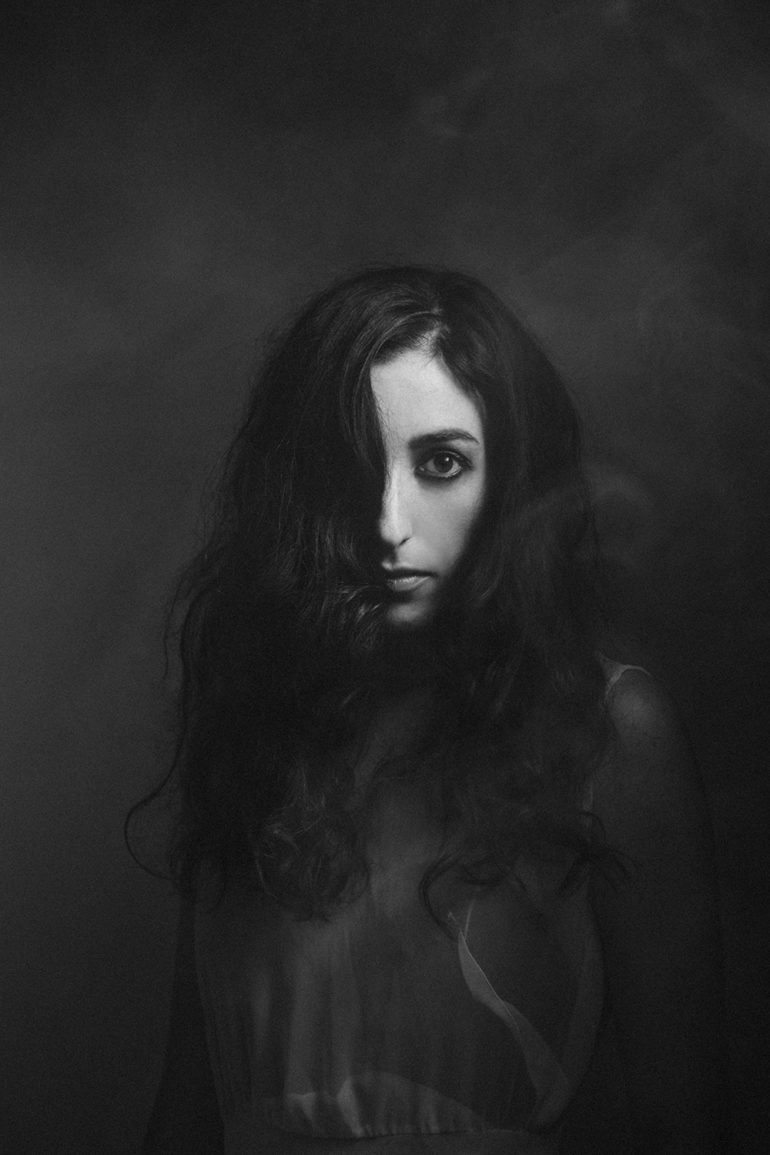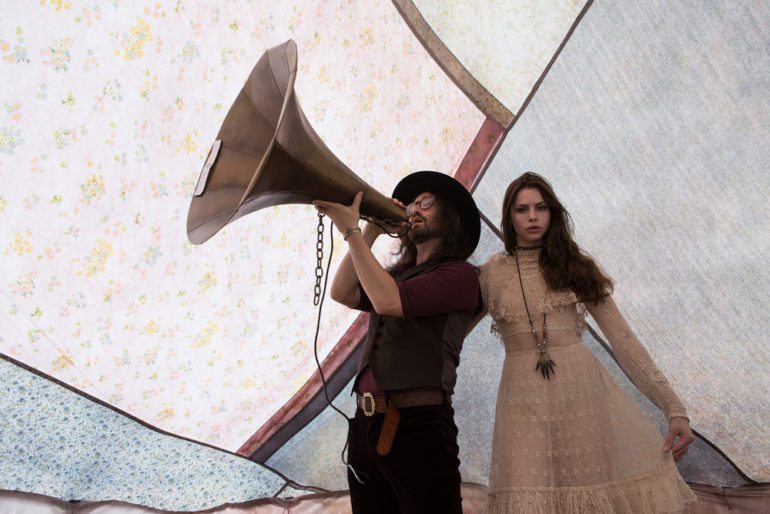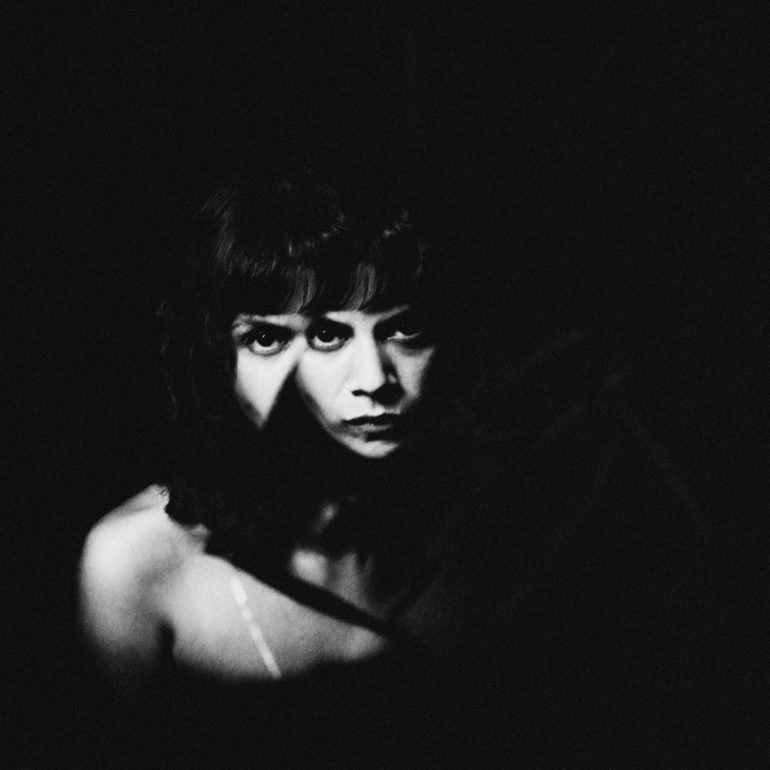Last Updated on 08/16/2016 by Chris Gampat
All images by Ebru Yildiz. Used with permission.
Editor’s note: in a previous version of this article, we referred to Ebru incorrectly as a man. Ebru is indeed a woman, and we apologize for this mistake.
“Some people feel inspired by pretty looking people, and I get inspired by people who makes me feel things with the music they created.” says Photographer Ebru Yildiz. Ebru is an New York based music and portrait photographer whose clients include The New York Times, Rolling Stone, NPR and Pitchfork. He’s been doing this for quite a while and is one of the many photographers shooting musicians quite literally living the dream.
Very soon she is releasing her first self published photography book “We’ve Come So Far – The Last Days of Death By Audio” coming out on August 19th. We had the chance to talk to her about portraits of musicians and how she goes about creating them.
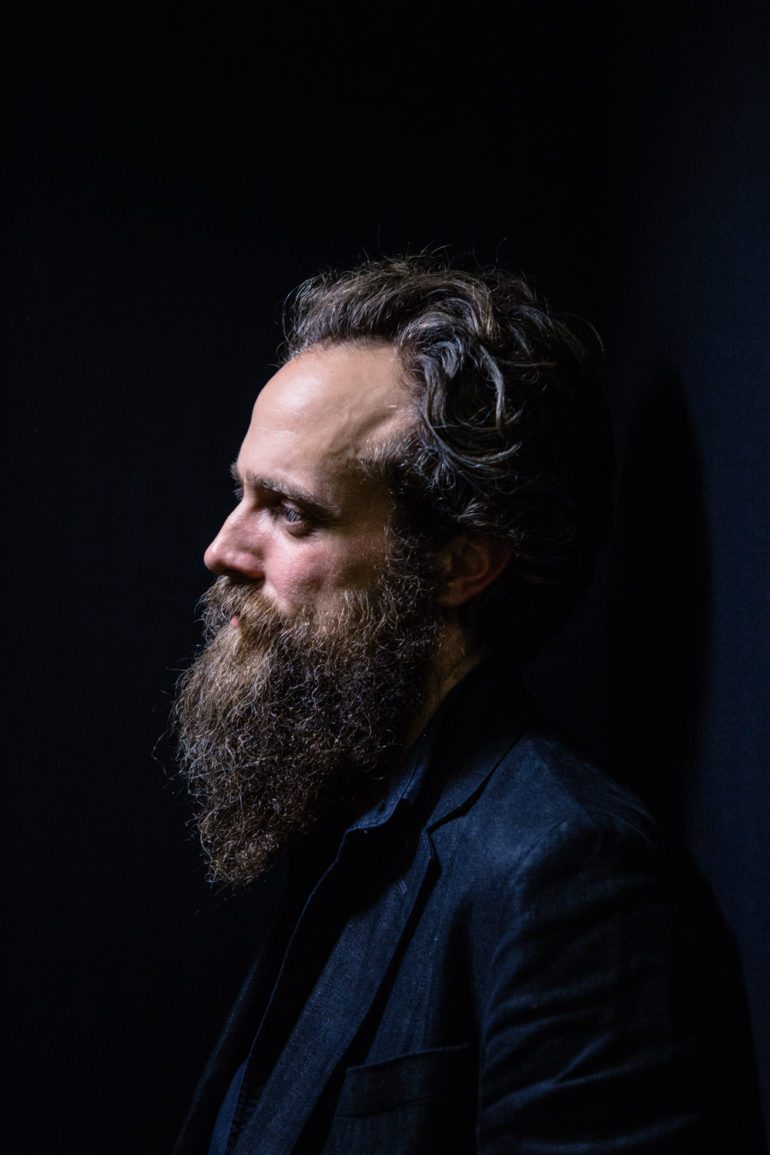
Phoblographer: Talk to us about how you got into photography.
Ebru: I took a darkroom printing class because I was always curious about the darkroom process. Obviously, in order for me to develop any film and print, I needed to finish at least a roll every week. I could not even finish one roll at the beginning, I was too shy to approach to people to make portraits. I have been going to the shows already and I shot one roll at a show and I immediately fell in love with it. So started to shoot more and more at shows. The musicians being on stage gave me the safe distance to feel comfortable.
Phoblographer: What made you get into portrait photography?
Ebru: That is what I wanted to do from the beginning because I absolutely love people, find them super interesting and love listening to people’s stories. It is always mind blowing But it was very difficult for me at the beginning, I was too shy to go up to people to ask if I can make their portraits. That is why I was mainly shooting live music, where I don’t have to directly deal with people and I did not need to talk to them. Slowly I gathered my courage and I started with shooting my friends and eventually opened up to other people.
Phoblographer: You and a slew of other photographers call yourself music portrait photographers. Besides obviously photographing musicians, what do you feel separates regular portraiture from music portraiture?
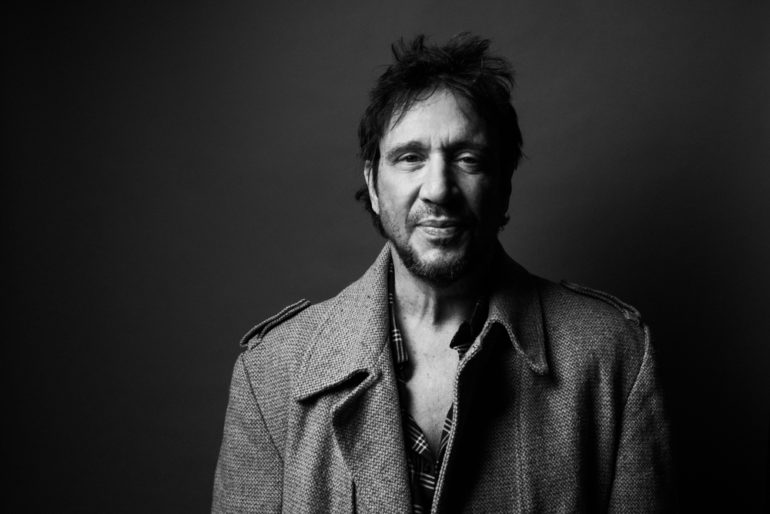
Ebru: Well, there is a slew of every kind of photographers, especially in New York. There are a lot of fashion photographers, a lot of fine art photographers, a lot of music photographers and a lot of portrait photographers. There are a lot of everything. Everyone’s interests are different. Some people feel inspired by pretty looking people, and I get inspired by people who makes me feel things with the music they created. So besides where photographer’s interests lie, I personally don’t think there is any difference at all.
Phoblographer: How do you feel you interact with subjects differently in regards to music portraiture vs traditional portraiture?
Ebru: I really don’t think I do. The only time I interact different with subjects is according to their comfort level in front of camera. I try to be respectful to their comfort level, ask things differently according to that. Now that I said this, maybe the difference is musicians are more comfortable in front of camera because they are used to it more than regular people. But actually, even that is not true, I encountered with so many musicians who are not comfortable in front of the camera.
Phoblographer: Your creative vision typically emphasizes the one light look and uses very minimal color to make your subject stand out from the otherwise very basic background. What do you feel you’re doing that really makes your work stand out? Like if I look at an image and say “That’s an Ebru!” what qualities of a photo really make it what it is?
Ebru: I like timeless, classic looking portraits, so I try to keep my lighting very simple when I am in the studio. The two most important things for me is the expression on the subject’s face and the light. And I have to have both for me to be happy with a photograph. So I would say those two qualities are the defining elements for me. Sometimes I get that comment from people saying I knew it was your photo before I see the credit and I think there is no bigger compliment than that. I can only hope people would recognize my photos.
Phoblographer: How do you try to personify a musician when they step in front of your lens? Portraiture is typically a collaborative process so what are you doing to get that look out of them?
Ebru: I do a lot of research about the person I am about to photograph. I look at their photos, what they have done so far, listen to their music, read their lyrics. So I walk into each shoot with some sort of idea of the person in my head. So I try to talk and chat and bring up subjects according to the emotion I want to bring out. You are absolutely right, it is a very collaborative process, the interaction between the subject and the photographer is super important.
Phoblographer: What was one of the toughest things about portraiture that you had to overcome, and how did you go about doing it? What did you learn from it?
Ebru: I am a friendly person but only with people I know. I can’t just go up to a person and start chatting them up. I can’t walk up to a person ask if I can make their photographs. Since I hate being photographed, by default I assume everyone is the same. So it takes a lot of me to ask someone if I can photograph them. I am still working on that by forcing myself do it every once in a while. If they so no, I do feel crushed, even heart broken but I am trying to get over it as quickly as I can. Also the more I do it, the more I see that most people feels flattered that you would want to make their photo so that gives me courage. But of course, there are always no’s as well.
Phoblographer: Talk to us about the gear that you use and your editing process? How does it help you get your creative vision across?
Ebru: I have bunch of different cameras. I love shooting film. I have a mamiya 7II, couple of canon a1 and ae1. And as for digital i have canon 5d mark III and fuji x-pro1. I am trying to use more fuji for digital since it is so much easier to carry. I have always used bridge and photoshop but this past year i started using Lightroom because of a really big book project about the closing down of one of my favorite venues, and it made my life so much easier.
Phoblographer: What makes you decide whether you shoot in black and white or color?
Ebru: For documentary, I almost always prefer black and white. But for portraits, it really depends on the mood I am going for, and where I am shooting, what the subject is wearing.
